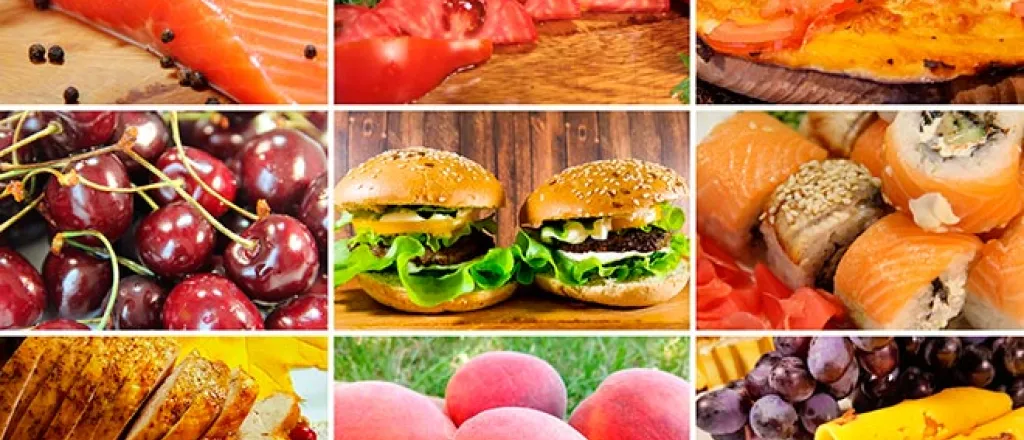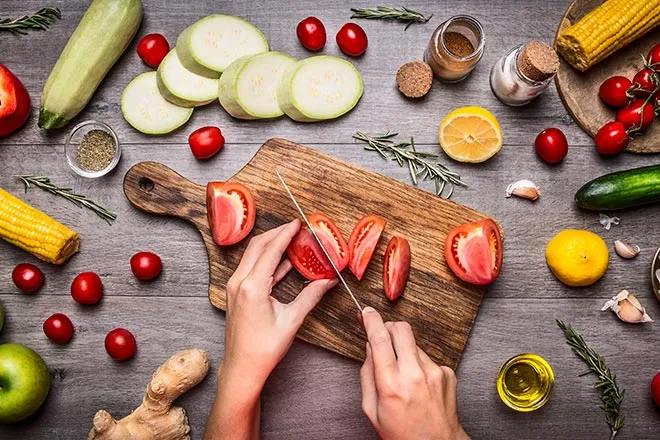Image

10 tips - smart shopping for veggies and fruits
© iStock - TanyaLovus
It is possible to fit vegetables and fruits into any budget. Making nutritious choices does not have to hurt your wallet. Getting enough of these foods promotes health and can reduce your risk of certain diseases. There are many low-cost ways to meet your fruit and vegetable needs.
- Celebrate the season
Use fresh vegetables and fruits that are in season. They are easy to get, have more flavor, and are usually less expensive. Your local farmer’s market is a great source of seasonal produce. - Why pay full price?
Check the local newspaper, online, and at the store for sales, coupons, and specials that will cut food costs. Often, you can get more for less by visiting larger grocery stores (discount grocers if available). - Stick to your list
Plan out your meals ahead of time and make a grocery list. You will save money by buying only what you need. Don’t shop when you’re hungry. Shopping after eating will make it easier to pass on the tempting snack foods. You’ll have more of your food budget for vegetables and fruits. - Try canned or frozen
Compare the price and the number of servings from fresh, canned, and frozen forms of the same veggie or fruit. Canned and frozen items may be less expensive than fresh. For canned items, choose fruit canned in 100% fruit juice and vegetables with “low sodium” or “no salt added” on the label. - Buy small amounts frequently
Some fresh vegetables and fruits don’t last long. Buy small amounts more often to ensure you can eat the foods without throwing any away. - Buy in bulk when items are on sale
For fresh vegetables or fruits you use often, a large size bag is the better buy. Canned or frozen fruits or vegetables can be bought in large quantities when they are on sale, since they last much longer. - Store brands = savings
Opt for store brands when possible. You will get the same or similar product for a cheaper price. If your grocery store has a membership card, sign up for even more savings. - Keep it simple
Buy vegetables and fruits in their simplest form. Pre-cut, pre-washed, ready-to-eat, and processed foods are convenient, but often cost much more than when purchased in their basic forms. - Plant your own
Start a garden — in the yard or a pot on the deck — for fresh, inexpensive, flavorful additions to meals. Herbs, cucumbers, peppers, or tomatoes are good options for beginners. Browse through a local library or online for more information on starting a garden. - Plan and cook smart
Prepare and freeze vegetable soups, stews, or other dishes in advance. This saves time and money. Add leftover vegetables to casseroles or blend them to make soup. Overripe fruit is great for smoothies or baking.
Source: USDA















